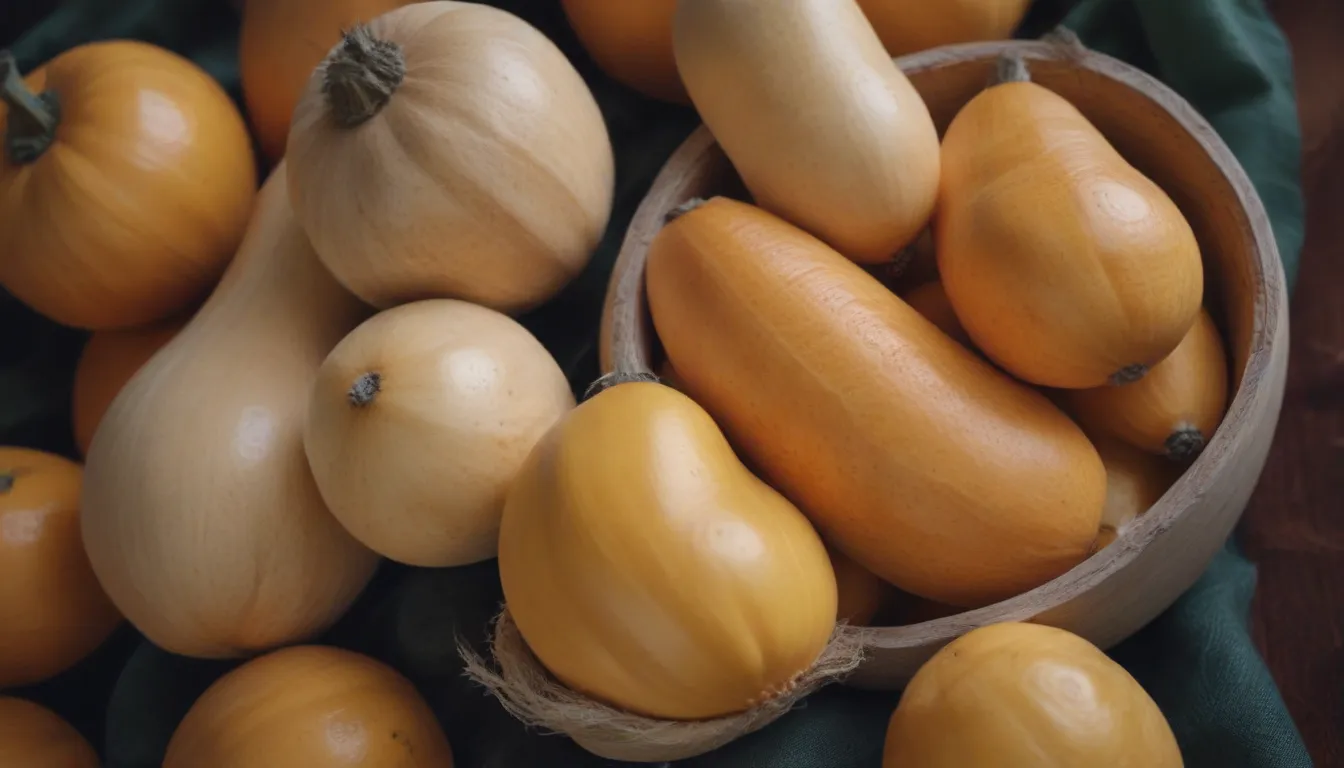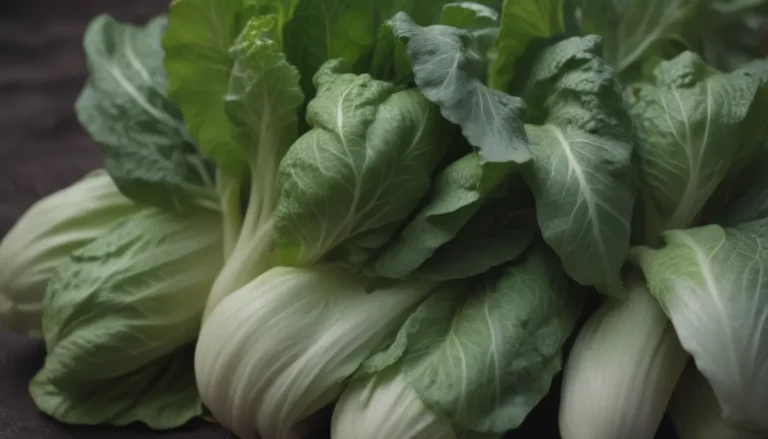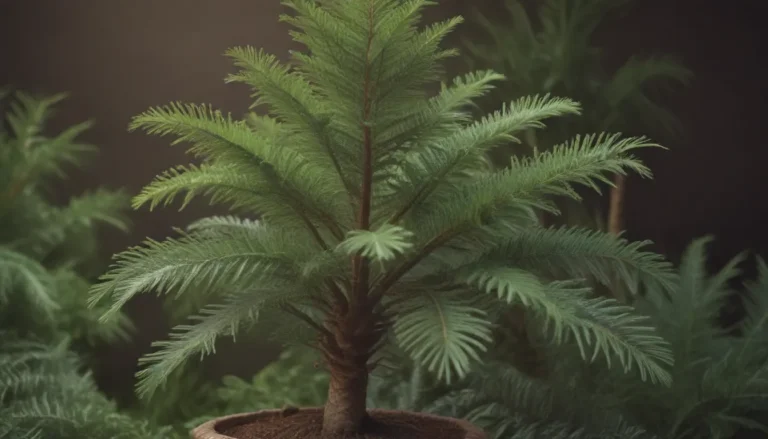The Ultimate Guide to Harvesting and Storing Butternut Squash

Are you a home gardener looking to harvest and store butternut squash like a pro? Look no further! Butternut squash is a popular choice among gardeners for its delicious, sweet, and nutty flavor. Not to mention, it’s a versatile winter squash that can be used in a variety of dishes. In this comprehensive guide, we will walk you through everything you need to know about the right time to harvest butternut squash and how to store it properly for long-lasting freshness.
Why Butternut Squash?
Before we dive into the details of harvesting and storing butternut squash, let’s talk about why this winter squash is a great addition to your garden. Butternut squash is not only delicious, but it also comes in compact, bush varieties that are perfect for small spaces. Whether you’re a seasoned gardener or just starting out, growing butternut squash is a rewarding experience that can lead to delicious dishes on your dinner table.
Fast Facts
Let’s start with some fast facts about harvesting butternut squash to help you understand the process better:
- When to Harvest Butternut Squash: While the number of days since planting can give you an approximate idea of the harvest time, there are more reliable indicators to look out for.
When to Harvest Butternut Squash
When it comes to harvesting butternut squash, timing is key. Here are some indicators that tell you your butternut squash is ready to be picked:
- Color: As the squash ripens, its skin will change from green to a light beige or tan color with no green streaks. Some varieties may have bronze or orange highlights when ripe.
- Skin: The skin should be hard and pass the fingernail test – if scratching it leaves a mark, it’s not ready. The skin should also be dull, not glossy.
- Vines and Stems: The vines should be crispy, shriveled, and yellowing, while the stems should be hard, dry, and of a uniform tan color.
How to Harvest Butternut Squash
When it’s time to harvest your butternut squash, follow these simple steps:
- Use a sharp knife or pruners to cut the squash from the vine, leaving a few inches of stem attached.
- Handle the squash carefully to avoid any bruising or damage to the skin.
- Place the squash in a warm, well-ventilated area to cure for 1 to 2 weeks.
Curing Butternut Squash
Curing butternut squash is an important step in the harvesting process. Here’s how to do it properly:
- Cure the squash: Place the squash in a warm, dry location, such as a screened-in porch or garage, for 1 to 2 weeks.
- Temperature: Maintain a temperature between 70 and 80 degrees Fahrenheit during the curing process.
Storing Butternut Squash
Proper storage is essential to ensure your butternut squash stays fresh for as long as possible. Here’s how to store it correctly:
- After curing: Store the squash in a cool, dry, well-ventilated location at 50 to 60 degrees Fahrenheit.
- Avoid ripening fruit: Keep the squash away from apples, pears, and other ripening fruits, as ethylene gas can affect its storage life.
Saving Seeds of Butternut Squash
If you’re interested in saving the seeds of your butternut squash for future planting, follow these tips:
- Choose open-pollinated varieties: Make sure the squash is an open-pollinated variety to ensure the seeds are true to seed.
- Harvest at the right time: Ripe squash will have a sweet flavor and soft texture, perfect for mashing and cooking.
Tips and Tricks
Here are a few additional tips to help you make the most of your butternut squash harvest:
- Avoid harvesting too late: Overripe squash can become mushy and prone to rot, so it’s best to harvest at the right time.
- Protect from frost: If frost is in the forecast and your squash is ready to harvest, pick it promptly to avoid damage.
- Extend storage life: Properly cured and stored butternut squash can last for 4 to 6 months, but it’s best to use it within 2 to 3 months for optimal freshness.
In conclusion, harvesting and storing butternut squash is a simple process that can lead to delicious meals throughout the winter months. By following these tips and tricks, you can enjoy the fruits of your labor for months to come. So, roll up your sleeves, get out in the garden, and start harvesting your butternut squash like a pro!





